One of the oldest pieces of public art in Hyattsville is the set of murals at the post office.
Entitled “Hyattsville Countryside,” the five murals were painted by Eugene Kingman in 1938, the height of government-sponsored art celebrating the common man.
According to “Maryland and Delaware Off the Beaten Path,” Kingman attended Yale University College of Fine Arts and created murals in Wyoming, Rhode Island and the lobby of the New York Times Building.
The Hyattsville post office murals depict the working man in heroic proportions. They reflect the remains of the agricultural and pastoral quality of the Hyattsville lifestyle that still existed in 1937, when Kingman used such muralist techniques as stylized horses, foreshortening, and a decorative cornstalk border.
Kingman, who died in 1975, specialized in landscapes, creating park scenes for government offices at the Grand Canyon, Yellowstone and Yosemite, among other places.
The U.S. Bureau of Reclamation (normally not our go-to expert on art) described Kingman’s method this way:
He worked in a high contrast manner, putting highlights and shade next to each other with little blending. This could have been a result of, or the reason for, using acrylic paint, which dries quite quickly. The high contrast creates quite a dramatic rendering, which is reinforced by the use of intense, saturated colors. The surface of the canvases are rough with the marks of Kingman’s paint application, most likely with a palate knife. … The lighting in Kingman’s scenes feels quite harsh, due in part to the use of unmodified whites and yellows as highlights, and also because of the sharp juxtaposition of highlights and shadows.










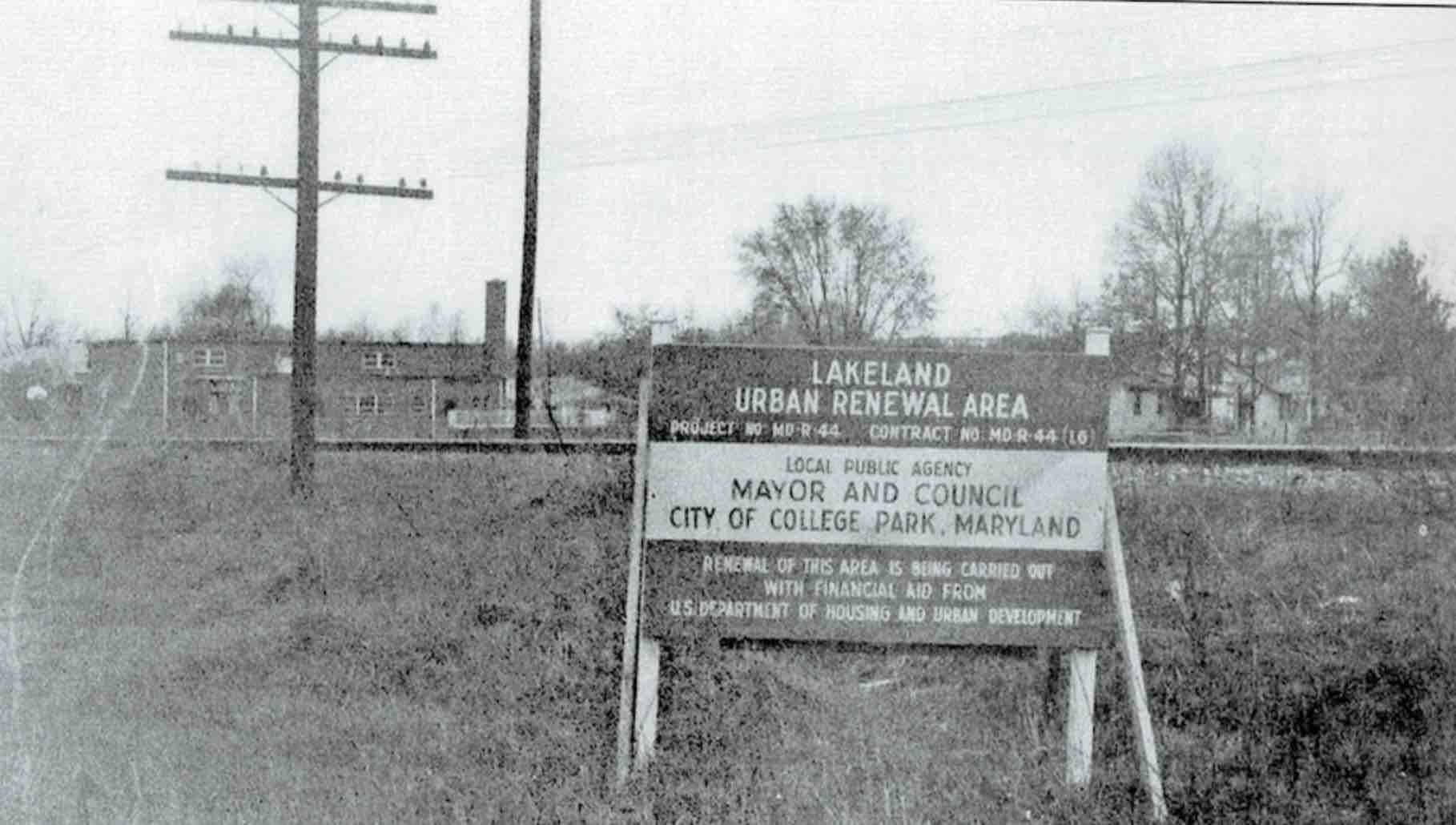
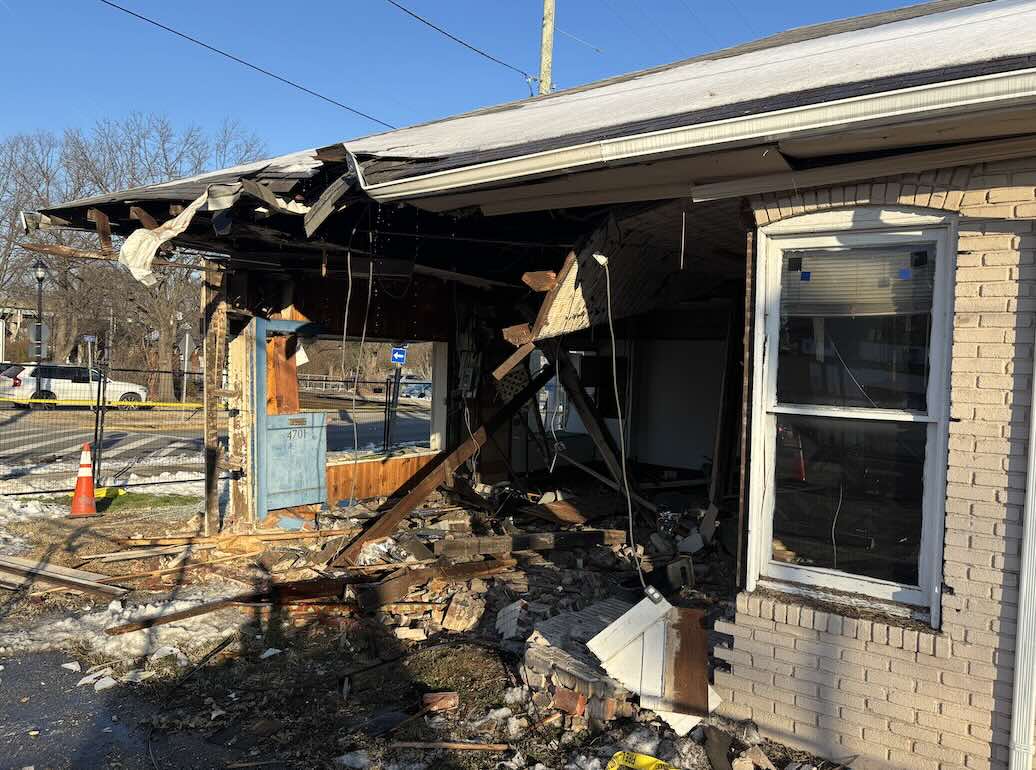

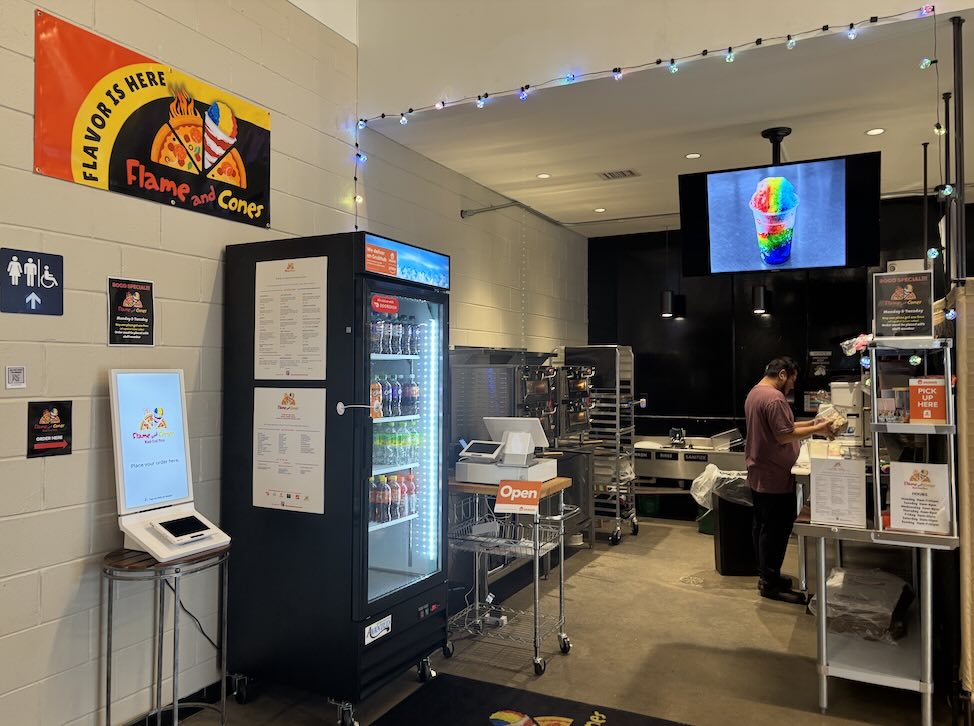
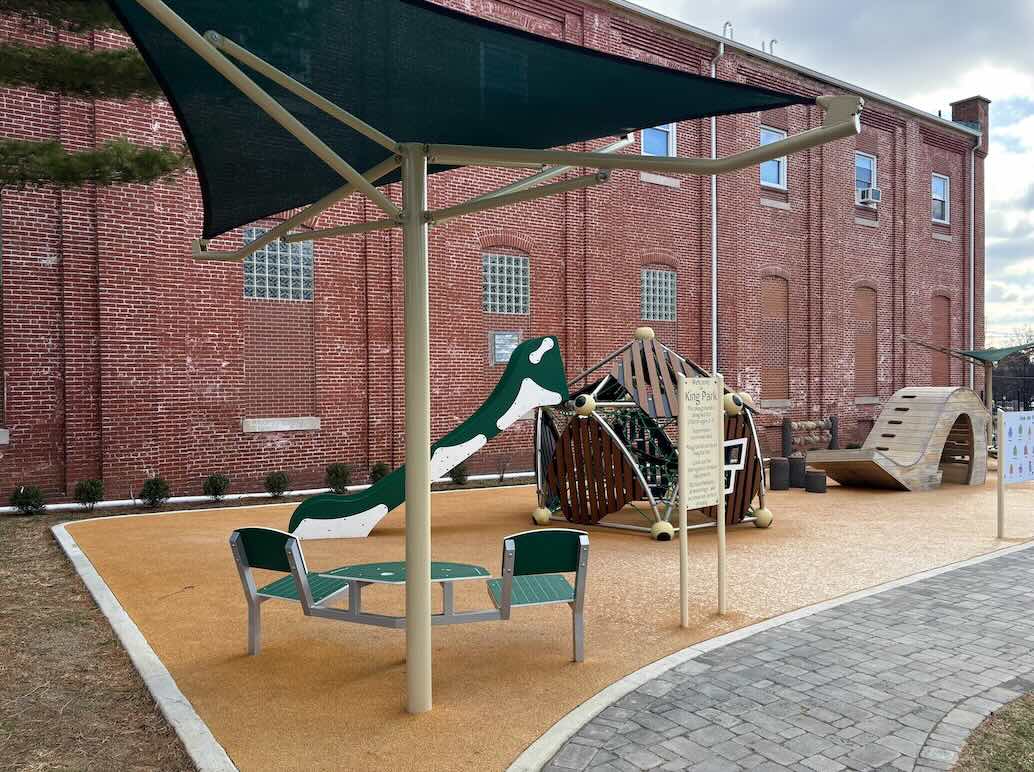
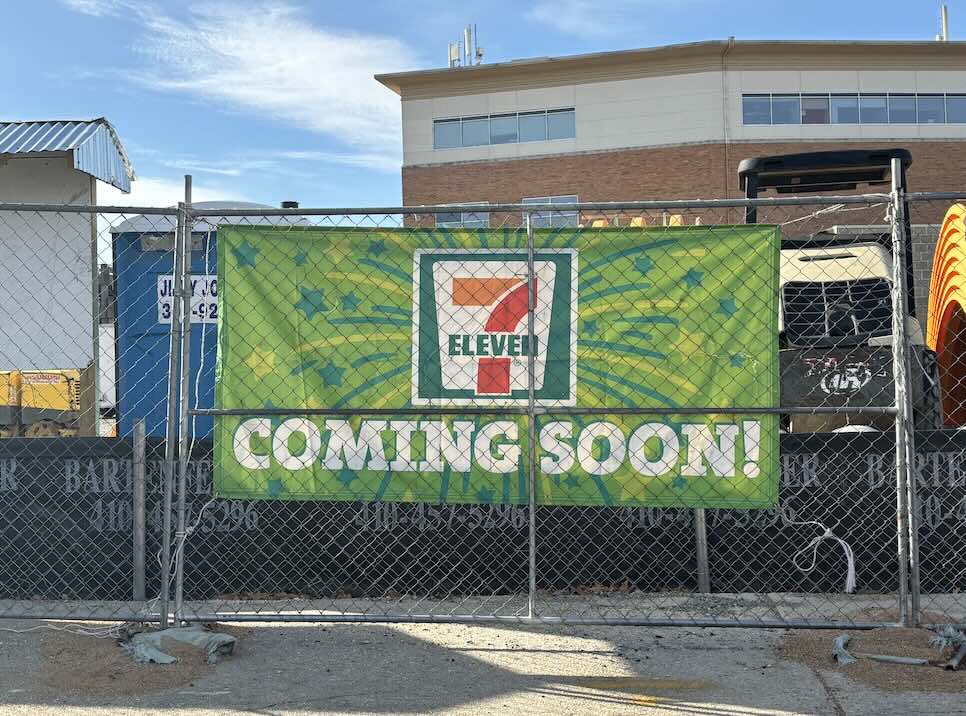

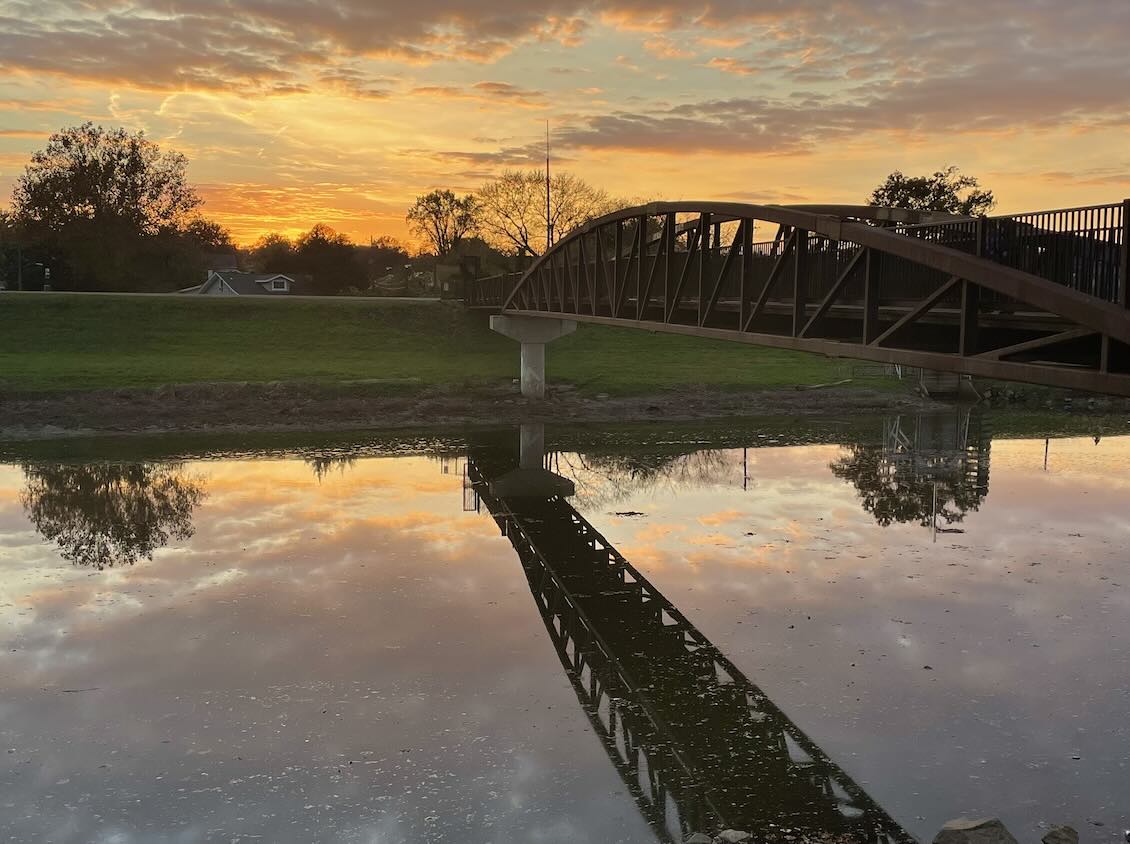



1 Response to Hyattsville Countryside